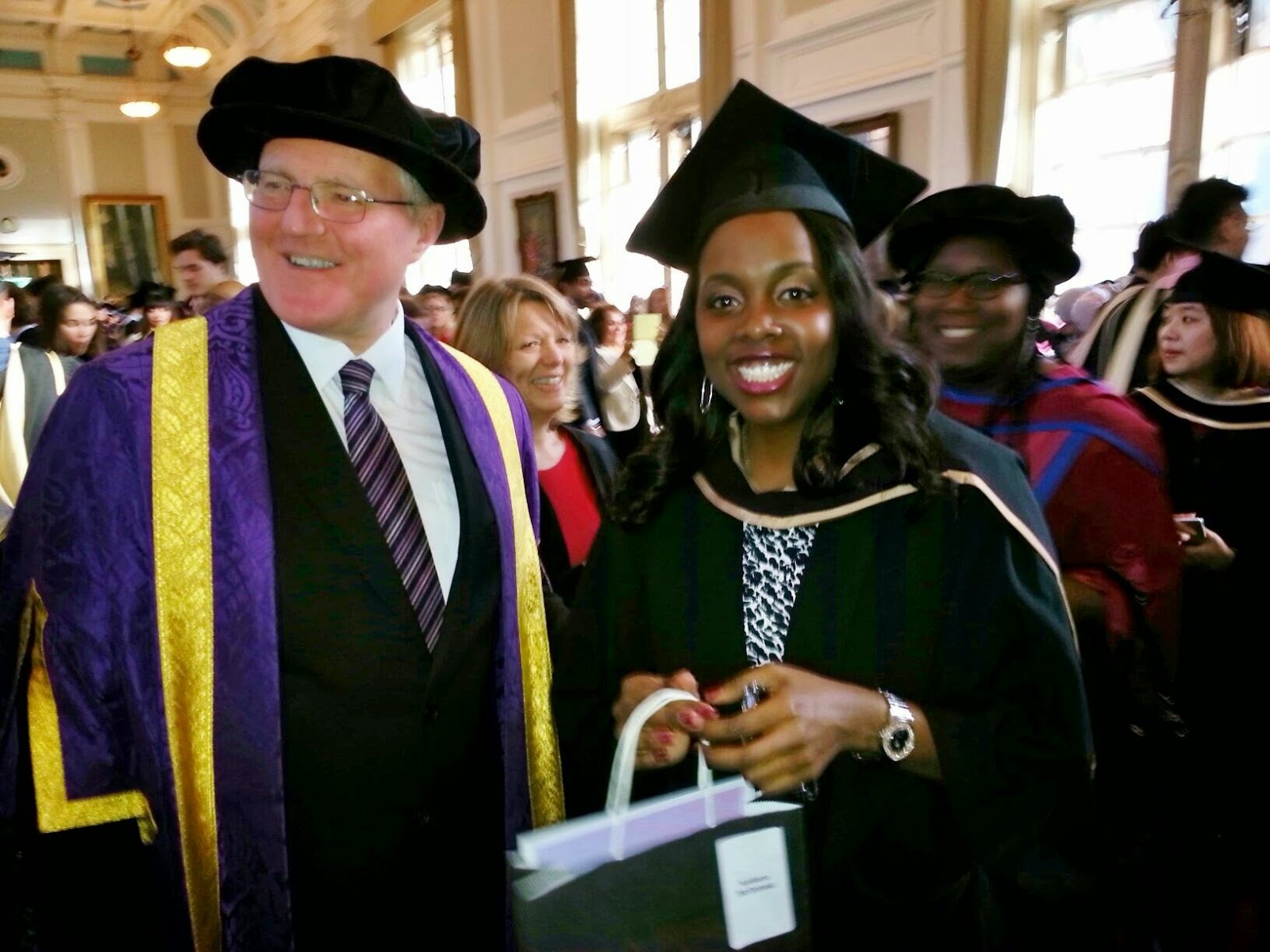 |
| "Analyse a Mug ?" |
Imagine you have been assigned an essay question like this:
"Analyse a mug."
This is immediately quite challenging as it is so open and superficially it might appear to be very straight forwards. Too easy and banal in fact ?
An initial quick blast at the question might look something like this perhaps ? (shadow text)
Describing a mug
This mug is a cylinder made from clay and glazed in popular white with a burnt orange and slate grey logo about the size of a medium can of baked beans. It has a large D shaped handle for carrying. On the base is often embossing to indicate where the item is manufactured. Although they can vary in size, the most common mugs have a capacity of around a third of a litre, the metric equivalent to the 12 fliud ounce Coca Cola can. Although they can be used to drink cold beverages such as soft drinks, water and milk, they are most often used to aid consumption of warm and hot drinks such as tea, coffee, hot chocolate and even soup. A mug offers a more informal drinking experience compared with a cup (and saucer) and has double its capacity.
Historical background
Mugs have been in use for a long time. Traditionally formed by hand, perhaps using the sausage construction technique, and then fired or exposed to heat for a prelonged period. Glazing is a supplementary coating technique that fixes a thin water proofing layer. Wikipedia ** explains further "Ancient mugs were usually carved in wood or bone or shaped of clay, while most modern ones are made of ceramic materials such as earthenware, bone china, porcelain or stoneware. Some are made from strengthened glass, such as Pyrex. Other materials, including plastic, steel and enameled metal are preferred where break resistance and reduced weight are at a premium, such as for campers. Techniques such as silk screen printing or decals are used to apply decorations; these are fired onto the mug to ensure permanence."
(n.b. the bright coloured font is similar to the markers view of a Turnitin report flagging matching text)
Marker comments might highlight;
** Lazyman's Wikipedia has been provocatively used to illustrate 'path of least resistance' research and its use here is not in any way designed to encourage or substantiate this practise. Many university academics abhor Wikipedia referencing and mark down hard for its use.
 |
| Couldn't get a better cuppa ! |
Analysing a mug
To be brief and avoid reader tedium, this section looks to identify a number of possible approaches, rather than offering up a complete exemplar analysis.
A marketing approach should lead to consideration of fitness for purpose (how well does the item match customer needs) and a likely initial consideration of customer needs and wants, possibly developing a number of descriptions of typical customers. (we are always wary of the dangers in using stereotypes) Additionally as awesome marketers, we never forget the competition. Thus a competitor comparison with other mugs, similar and different should be under taken. Inducing key functional criteria might come from this, but don't forget there may be other dimensions derived from intangible product/service elements.
Although rather functional sounding the 5ws and an H framework offers an effective starting point there are other approaches you might want to consider in addition to this to include functional and emotional dimensions (aka cognitive and affective dimensions)
Functional - why do we use a mug ?
Movement
Brain storming around the idea of; a vessel for movement -> camping, travel, on ships, picture of captains mug, use of tougher materials e.g. Metal....coated steel, or lighter aluminium, or forms of plastic e.g. Sports bottles, camelpac hydration packs for military and serious endurance sports.
Energy retention
Hot drinks, ceramic a reasonable insulator that keeps hot hot and cool cool, but thermos vacuum skins and lids can offer longer insulation periods. Comparison of different materials across this dimension ?
Emotional - how does it make us feel ?
Beauty
Finest materials and decoration, to bring pleasure to the drinking process or to give the owner social kudos whilst hosting others to drink with them.
Symbolic consumption, the ritual of tea drinking, e.g. japansese tea houses
Affiliation
Perhaps with a pastime motif or football club logo the mugs owner identifies themselves with this other and is reminded of this and/or might generate social capital or derision from others whilst utilising it.
Stakeholder analysis
Having already considered customers and competitors, often forgotten are wider stakeholders -: employees, company owners, the supply chain, neighbours, government and others in wider society, which should stimulate consideration of the corporate and social responsibility, perhaps in the context of the triple bottom line. Look at the issue from their perspective and capture any issues you might uncover.
Wider ideas for further analysis, although the direction taken should be related to the wider context and module learning.
Why are standard white mugs so prevalent ? Economies of scale limiting choice, Henry Ford famously opted to offer model T buyers any colour they wished provided it was black. Neutral white offering the least worst background for template overlays ? Or ease of cleaning, tea stains easy to spot on a white glaze. A hygiene/public health poke yoke.
Ceramic goods often described as China, from the higher quality bone China clay that allows a finer, thinner design and the sort of high cost drinking vessel you would expect to be using as a guest at Downton Abbey, perhaps. Fine, hand crafted cups and saucers that might be hand decorated by crafts people demonstrating wealth and perhaps also bestowing the owners a sense of psychological well being.
The business of mug manufacture, for use as a promotional tool or as a gift item that offers brands opportunities to develop a revenue stream in the birthday and festive season. The business of mug manufacturing and decoration - now that sounds interesting....
Structural analysis ( or rather; what did we do differently the second time ?)
In the above analysis we have covered a number of key elements:
- Deconstruct and reconstruct or synthesise: KEY Question - Is it any good ?
- 5W's and an H
- Define mug, vessel that contains fluid for safe & convenient consumption ?
- Beyond superficial functional usages
- Stakeholder perspectives
- Evidence scholarship (wide research) and pertinent management concepts (for management degree)
The former is easy. Read lightly using easy to find internet sources or worse, writing off the top of your head (as I did & then found to my chagrin that the wikipedia entry was quite similar !) Analysis takes time, is best approached over the course of several good nights sleep, which allows thoughts to develop and progress through a number of iterations.
Analysis implicitly expects and requires wide research and the application of a sub-set of key tools (many are outlined to you above). They don't sound that fancy, but used appropriately they can draw out "light bulb moments" of insight - "OF COURSE !" - but you often only get there by applying time to the process.
Never forget: academic staff want you ALWAYS to demonstrate scholarship of the module materials. If you can not point to new learning directly from the programme you have been following - there is something horribly wrong !












